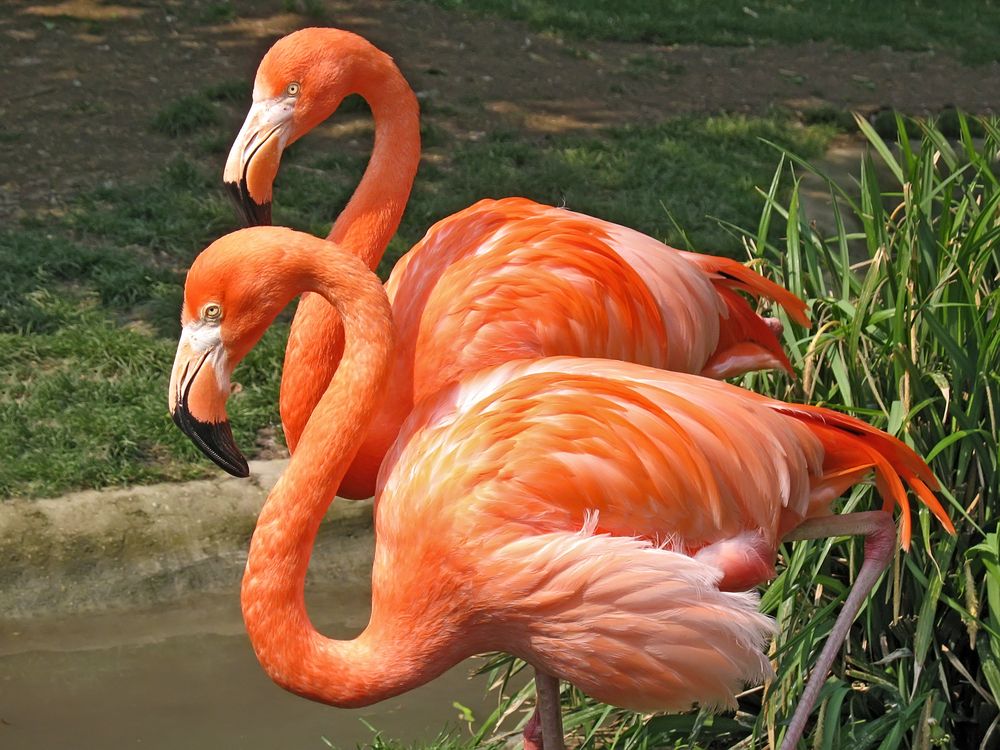

To find out, scientists and biologists from the National Park Service and Miami Zoo, with support from the Tropical Audubon Society and others, are attaching satellite transmitters on flamingos to track their journeys.įrank Ridgley, a wildlife veterinarian who serves as head of conservation and research at Zoo Miami, is leading the effort to tag the birds. Or it’s possible they migrated up here from the Bahamas or Mexico.
#Flamingo fl free
It’s possible that they broke free from the captive population that’s spent the past 73 years at Hialea Racetrack in northern Miami-Dade County. “The big question is, are these escapees or are they wild birds?” says Cook. “STAs are huge and there is something about this unit.” “I think it’s food-related,” says Cook, who surveys the area by helicopter to understand how birds use the system. Flamingos don't always return to the same nesting sites year after year, so there must be something about the area that draws them to this specific location. STA2 attracts a high diversity of birds including teals, wigeons, and sandpipers. He said it “amazes” him that the birds found the freshwater wetlands in the center of the state, 80 miles northwest of where they historically occurred. “They keep coming back every year,” says Mark Cook, lead scientist of Everglades Systems Assessment at South Florida Water Management District. This year they tallied only eight, but it seems the birds are back for good. Last year, ornithologists counted a record 147 flamingos in STA2 early in the breeding season, which lasts from March to July. The birds’ appearance was a shock to many, since flamingos are often considered to be non-migratory (although flocks will travel considerable distances in response to changing conditions in their shallow-water habitats). This 9,000-acre constructed wetland may have been built to remove excess nutrients from the water supply, but it seemed to also provide a safe haven for these long-lost, and long-legged, Floridians. The flamingos were hanging out in a water treatment facility-Stormwater Treatment Area 2 (STA2), to be precise. By the end of the century, however, European settlers seemed to have eradicated the leggy waders through feather and egg harvesting, and ever since the birds have been scarce in the Sunshine State-until recently.Ī few years ago, ornithologists and biologists spotted a number of these long-necked birds in a portion of the Everglades ecosystem in Central Florida.

The majestic pink bird, endemic to Central and South America and the Caribbean, wintered in Florida’s tropical climes. In the early 1800s, people who visited coastal areas in southern Florida in winter were met with an astounding sight: hundreds of thousands of American Flamingos.


 0 kommentar(er)
0 kommentar(er)
